 W
WAnne of Denmark was Queen of Scotland, England, and Ireland by marriage to King James VI and I.
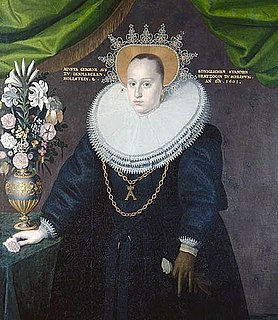 W
WPrincess Augusta of Denmark was the third daughter of King Frederick II of Denmark and Sophia of Mecklenburg-Güstrow, and Duchess of Holstein-Gottorp as the wife of Duke John Adolf. She was politically influential during the reign of her son, Duke Frederick III.
 W
WBeate Clausdatter Bille was a Danish noblewoman, a member of the royal court, Chief Lady-in-Waiting to Queen Sophie from 1584 to 1592, the wife of statesman Otte Brahe, and a feudal fiefholder in her own right following the death of her husband. She succeeded her sister-in-law Inger Oxe, who held the office from 1572 to 1584, as Chief Lady-in-Waiting to Queen Sophie. Beate Bille was the mother of astronomers Tycho Brahe and Sophia Brahe.
 W
WOtte Brahe was a Danish (Scanian) nobleman and statesman, who served on the privy council. He was married to Beate Clausdatter Bille and was the father of astronomers Tycho and Sophia Brahe.
 W
WSophia or Sophie Brahe or after marriage Sophie Thott Lange, was a Danish noble woman and horticulturalist with knowledge of astronomy, chemistry, and medicine. She worked alongside her brother Tycho Brahe in making astronomical observations.
 W
WChristina of Saxony, was queen of Denmark, Norway and Sweden as the wife of King John.
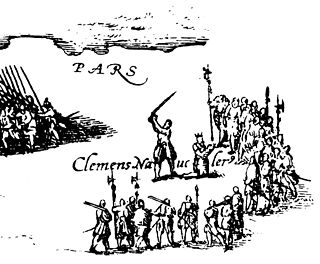 W
WKlemen Andersen "Skipper Clement" was a Danish merchant, captain, privateer and leader of the peasant rebellion that was part of the civil war known as the Count's Feud.
 W
WDyveke Sigbritsdatter or Dyveke Willomsdatter,, in Denmark normally known as "Dyveke" ; in modern Dutch "duifje" means "little dove"), was known as the mistress to Christian II of Denmark.
 W
WElisabeth of Denmark was Danish princess and a Duchess of Mecklenburg-Schwerin and later of Mecklenburg-Güstrow through marriage. She was the elder daughter of King Frederick I of Denmark and his second spouse Sophie of Pomerania.
 W
WElizabeth of Denmark, Norway, and Sweden was a Scandinavian princess who became Electress of Brandenburg as the spouse of Joachim I Nestor, Elector of Brandenburg. She was the daughter of King Hans of Denmark, Norway and Sweden and his spouse, Christina of Saxony.
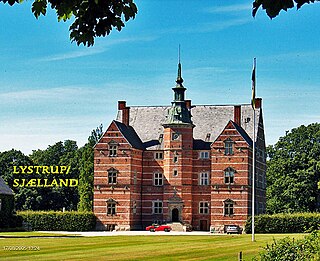 W
WEiler Grubbe was a Danish statesman. He became Master of Finances in 1560 and Chancellor of Denmark and member of the Council of the Realm in 1570. He was also fiefholder of Tryggevælde, Vordingborg and Jungshoved. He rebuilt his family seat Lystrup as a castle in the Dutch renaissance style in 1579.
 W
WAnne Corfitzdatter of Hardenberg was a Danish courtier. She served as a lady-in-waiting to the Dowager Queen Dorothea of Denmark from 1559–72 and is known to have been the love interest of Frederick II, who famously wished to marry her.
 W
WMagnus Heinason was a Faroese naval hero, trader and privateer.
 W
WJohn of Denmark or John the Elder was the only Duke of Schleswig-Holstein-Haderslev. The predicate the Elder is sometimes used to distinguish him from his nephew, John the Younger, who held Sønderborg from 1564 as a partitioned-off duke. As a co-ruler in the duchies of Holstein and of Schleswig, John the Elder is numbered as John II, continuing counting King John of Denmark as John I, Duke of Holstein and Schleswig.
 W
WNiels Kaas was a Danish politician who served as Chancellor of Denmark from 1573 until his death. He was influential in the negotiation of the Peace of Stettin and in the upbringing of Christian IV. Kaas also played an important role in the emancipation of Schleswig-Holstein.
 W
WAnne Meinstrup (1475–1535) was a politically active Danish noblewoman, lady-in-waiting and county administrator.
 W
WLudvig Ludvigsen Munk was born in 1537 in Vejle, and died 8 April 1602 at Nørlund Slot in Funen. He was a Danish official and Count. He was the son of Ludvik Munk (1500-1537), and is also referred to as Ludvig Ludvigsen Munk von Schleswig-Holstein and Ludvig Munk til Nørlund.
 W
WPeder Munk of Estvadgård (1534–1623), was a Danish navigator, politician, and ambassador, who was in charge of the fleet carrying Anne of Denmark to Scotland. The events of the voyage led to witch trials and executions in Denmark and Scotland.
 W
WSøren Norby, selfstyled as Severin Norbi was a Danish leading naval officer in the fleets of Danish kings Hans I and Christian II. He commandeered the greatest ship of the Danish fleet in naval wars against Sweden and Lübeck. Norby governed various land possessions in Scandinavia, ruling Gotland from 1517 to 1525. His rebellion against Frederick I of Denmark in 1525 was defeated, and he fled Denmark, ending his life in the employ of Charles V, Holy Roman Emperor.
 W
WTorben Oxe was a Danish nobleman and a member of an aristocratic family.
 W
WAlbret Skeel was a Danish nobleman who held the office of Admiral of the Realm from 1616 to 1623.
 W
WIngeborg Skeel was a Danish noblewoman, a major land owner and a county sheriff in the Vendsyssel region of northern Jutland, Denmark. She resided at Voergaard, a large estate which she expanded into a fine Renaissance castle between 1588 and 1591. A talented business women, she personally managed her estates and held several lifelong endowments. In her own day, she had an infamous reputation for greed and cruelty but there is no historical evidence for any of the rumours associated with her name.
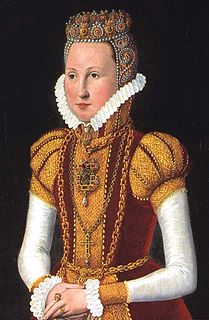 W
WSophie of Mecklenburg-Güstrow was Queen of Denmark and Norway by marriage to Frederick II of Denmark. She was the mother of King Christian IV of Denmark. She was Regent of Schleswig-Holstein 1590–1594.
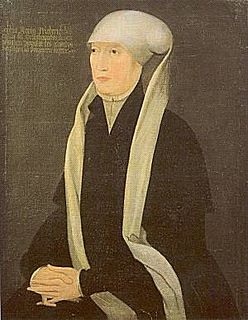 W
WSophie of Pomerania (1498–1568) was queen of Denmark and Norway as the spouse of Frederick I. She is known for her independent rule over her fiefs Lolland and Falster, the castles in Kiel and Plön, and several villages in Holstein as queen.
 W
WHans Tausen (Tavsen) was the leading Lutheran theologian of the Danish Reformation in Denmark. He served as Bishop of Ribe and published the first translation of the Pentateuch into Danish in 1535.
 W
WMargaret Winstar, was a Danish or German courtier in Scotland to Anne of Denmark commemorated by the ballad "The Laird o Logie" for rescuing her imprisoned lover.